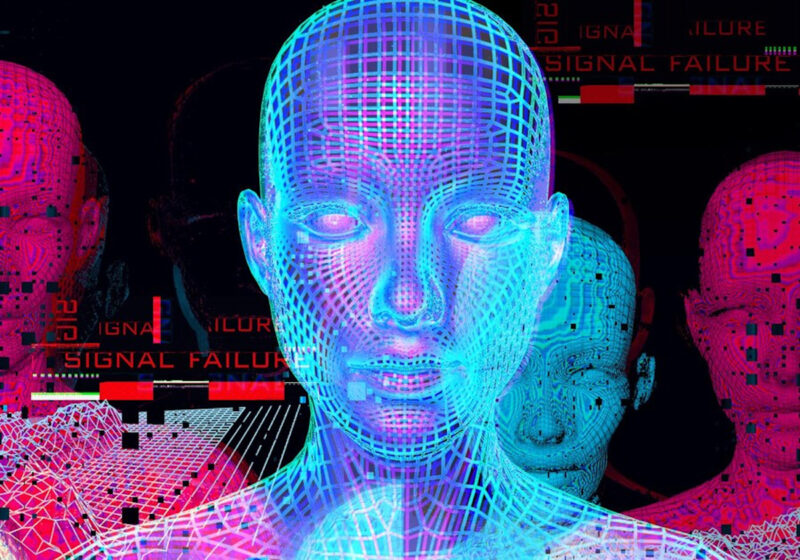Nelson Mandela, the iconic South African president from 1994 to 1999, is known for being the first non-white man to hold this office in his country, after the dismantling of the apartheid system. A lawyer, former political prisoner, and fierce opponent of the regime in place before that, his name is famous all over the planet, and symbolizes the fight for respect for human rights. But the former president, who died in 2013, also gave his name to another, more worrying phenomenon, which pushes individuals to believe in what has not been: decoding the Mandela effect and Deep Fakes, these fake news stories that spread like wildfire on the web with the help of AI manipulation.

Decoding the Mandela Effect: A Surprising Example of Deep Fake
To decipher the Mandela effect, we have to go back to 2010 when blogger Fiona Broome shared a specific memory of Nelson Mandela’s death that she placed in the 1980s. Even though historical facts clearly show the opposite and that her memory is therefore not one, we then discover that many people share the same memory. Since then, the name “Mandela effect” has been used to describe a phenomenon of erroneous collective memory.
The Mandela effect can be attributed to different factors, such as the propensity of human memory to distort over time, or the reception of false or confusing information. At the time, local media coverage had effectively communicated about Mandela’s death. But today, Deep Fakes rely on AI and social networks, and not only on traditional media. Without effective protection to prevent data leaks, anyone can be affected by this new generation of fake news.
The recent rise of Deep Fakes
Deep Fakes are indeed based on certain biases in human perception that deciphering the Mandela effect can highlight. If a human mind is at a given moment convinced of a fact or an idea, and some external information also supports this belief, then the contrary evidence that is subsequently submitted to it will only be very difficult to bring it back to reality.
If concern is growing today around the phenomenon of deepfakes, it is because of the recent rise in the number of false information that is now circulating on the web. They are in a way digital media manipulated using AI to create misleading videos or images. Like President Putin kneeling before Xi Jinping, the people targeted can therefore appear in contexts in which they have never been placed.
How to avoid falling victim to Deep Fakes?
Given the rise of Deep Fakes, there is understandable concern. Deciphering the Mandela effect has shown us that a convinced human mind is not rational enough to immediately cancel a belief when presented with contrary evidence. However, it is so easy today to construct Deep Fakes that it is no longer necessary to be a prominent personality to pay the price, at a time when anyone can easily learn how to locate a mobile phone number without authorization.
Everyone must therefore do everything possible to protect themselves from Deep Fakes. The first thing to do is obviously to prevent the leak of your data and in particular, your photos, so that your image is not used to construct fake news. It is important to be aware of these issues and to learn to recognize the visual inconsistencies present in fake images. Finally, it is important to strengthen your critical thinking and learn to be wary of sensational content by cross-referencing your sources.

















